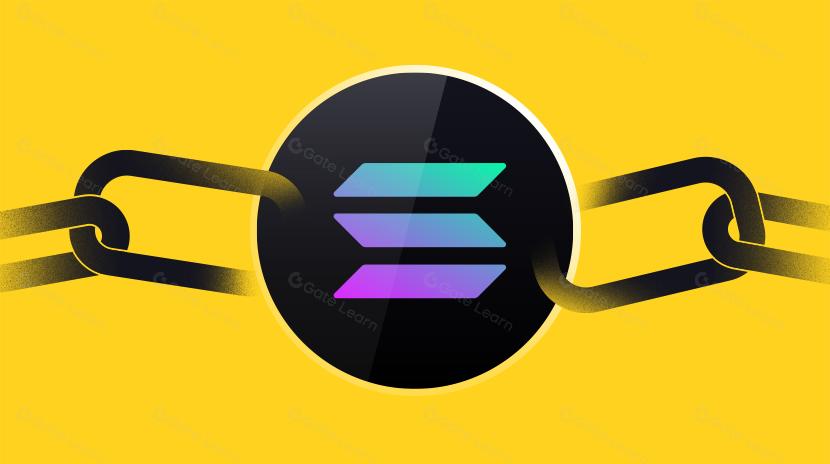bsc crypto

Binance Smart Chain is a blockchain platform developed by Binance exchange, launched in September 2020, designed to support smart contract functionality and provide an environment compatible with the Ethereum Virtual Machine (EVM). As a low-cost, high-speed blockchain network, Binance Smart Chain allows developers to rapidly deploy decentralized applications (DApps) and other blockchain projects while seamlessly integrating with the Binance ecosystem. It uses a Proof of Staked Authority (PoSA) consensus mechanism, which enables it to achieve higher transaction processing speeds and lower fees compared to traditional blockchain networks like Ethereum.
Background: The Origin of Binance Smart Chain
The birth of Binance Smart Chain stemmed from the need to address key challenges facing the blockchain industry, particularly in terms of scalability, high transaction fees, and cross-chain interoperability. Here's the background of Binance Smart Chain's origin:
- Development motivation: In 2020, Ethereum network congestion and high Gas fees became major pain points for DeFi projects and users, creating an opportunity for Binance to create an alternative solution.
- Dual-chain architecture: Binance Smart Chain complements Binance's original Binance Chain, forming a dual-chain architecture. While Binance Chain focuses on fast transactions, Binance Smart Chain provides smart contract functionality.
- Ethereum compatibility: Binance Smart Chain was designed from the beginning to be compatible with the Ethereum Virtual Machine, allowing developers to easily migrate projects from Ethereum to BSC without extensive code modifications.
- Early adoption: During the DeFi boom of 2020-2021, Binance Smart Chain gained rapid adoption as many projects chose to deploy on BSC to avoid Ethereum's high fees.
- Evolution: Over time, Binance Smart Chain underwent multiple upgrades, including performance improvements, security enhancements, and governance mechanism improvements. In February 2022, the network was rebranded as BNB Chain, reflecting its broader vision beyond the Binance exchange.
Work Mechanism: How Binance Smart Chain Works
Binance Smart Chain employs an innovative technical architecture and consensus mechanism that enables it to provide high-performance blockchain services:
-
Proof of Staked Authority (PoSA) Consensus:
- Binance Smart Chain uses the Proof of Staked Authority consensus mechanism, a variant of Proof of Stake (PoS).
- The network is maintained by 21 validator nodes that earn the right to produce blocks by staking BNB tokens.
- Validators take turns creating blocks, generating a new block every 3 seconds, significantly faster than Ethereum's block time.
-
Ethereum Compatibility:
- Full support for the Ethereum Virtual Machine (EVM), allowing smart contracts to be developed using the Solidity programming language.
- Support for Ethereum wallets like MetaMask, which can connect to the BSC network with simple configuration changes.
- Same address format and transaction structure as Ethereum, facilitating cross-chain migration of assets and applications.
-
Economic Model:
- BNB serves as the native token of the network, used for paying transaction fees and participating in network governance.
- Transaction fees are significantly lower than Ethereum, typically just a few cents even during periods of network congestion.
- Validators receive transaction fees as rewards for maintaining the network, with no additional inflationary block rewards.
-
Cross-Chain Functionality:
- Binance Bridge allows users to transfer assets between BSC and other blockchains such as Ethereum, Polygon, and others.
- Support for the BEP-20 token standard, which is compatible with Ethereum's ERC-20 but runs on BSC.
What are the risks and challenges of Binance Smart Chain?
Despite offering many advantages, Binance Smart Chain also faces a series of risks and challenges worth noting:
-
Centralization Issues:
- With only 21 validators compared to hundreds on other mainstream blockchains, concerns about the degree of centralization on BSC have been raised.
- The limited number of validators may increase the risk of network manipulation or censorship.
- Binance, as the primary developer and promoter of BSC, has significant influence over the network's development direction.
-
Security Concerns:
- BSC has historically experienced several major security incidents, including flash loan attacks, smart contract vulnerability exploits, and cross-chain bridge hacks.
- Compromises made in decentralization to achieve high performance may introduce additional security risks.
- The DApp review process is less stringent than some competitors, leading to a proliferation of low-quality or malicious projects on the network.
-
Regulatory Challenges:
- As Binance faces regulatory scrutiny globally, BSC may also be affected by association.
- Different countries have varying regulatory attitudes toward DeFi and blockchain projects, which may impact the compliance of projects on BSC.
- Changes in privacy and KYC requirements could affect user experience and the attractiveness of the BSC ecosystem.
-
Competitive Pressure:
- With the development of Ethereum scaling solutions (such as Layer 2) and the rise of other EVM-compatible chains (like Polygon, Avalanche, etc.), BSC faces intense competition.
- Continuous innovation is needed to maintain its competitive advantage in the low-cost, efficient blockchain space.
Binance Smart Chain represents an important exploration in the blockchain industry's quest for scalability and accessibility, providing users with a low-cost, efficient blockchain platform. Despite facing criticism regarding centralization and security, BSC has successfully established a massive ecosystem containing numerous DeFi, GameFi, and NFT projects. As a significant experiment in blockchain interoperability and scalability solutions, BSC has provided valuable experience for the entire industry and pushed blockchain technology toward wider adoption. As the industry continues to evolve, BSC's success will partly depend on its ability to strengthen decentralization and security while maintaining its performance advantages.
Share
Related Articles

The Future of Cross-Chain Bridges: Full-Chain Interoperability Becomes Inevitable, Liquidity Bridges Will Decline

Solana Need L2s And Appchains?
